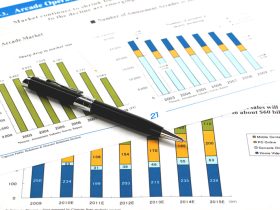India’s inclusion in JP Morgan’s emerging market indices may not necessarily lead to an increased demand for Indian government bonds from global passive funds, contrary to some projections. This development comes amidst a backdrop of declining foreign portfolio investment (FPI) holdings, a shift in investment flow towards the US and Europe, and a slight decrease in the Indian yield.
The potential increase in demand for Indian government bonds has been linked to misconceptions about fund behavior, particularly the differences between active and passive funds. Active funds that use JP Morgan’s emerging market indices as their benchmark may not necessarily invest in Indian bonds.
India is grappling with its large government debt and rising inflation, which may also impact the attractiveness of its bonds to foreign investors. The situation is further complicated by the potential misallocation of Indian Government Securities (G-Secs) in passive funds.
On Wednesday, there was a slight decrease in the yield of the Indian 10-year bond, a key indicator of the health of the bond market. This development comes even as India continues to grapple with large government debt and rising inflation. These factors can have significant implications on the country’s economic stability and attractiveness to foreign investors.
The shifting dynamics of global investment flows are also noteworthy. There has been a noticeable decline in FPI holdings and a greater flow of investments towards the US and Europe. This trend could potentially impact the demand for Indian bonds, despite their inclusion in JP Morgan’s emerging market indices.
In conclusion, while India’s inclusion in JP Morgan’s emerging market indices is a significant development, it may not result in an increased demand for Indian government bonds as expected due to factors such as misconceptions about fund behavior, India’s large government debt, rising inflation, and shifting global investment flows.
This article was generated with the support of AI and reviewed by an editor. For more information see our T&C.
Read the full article here









Leave a Reply